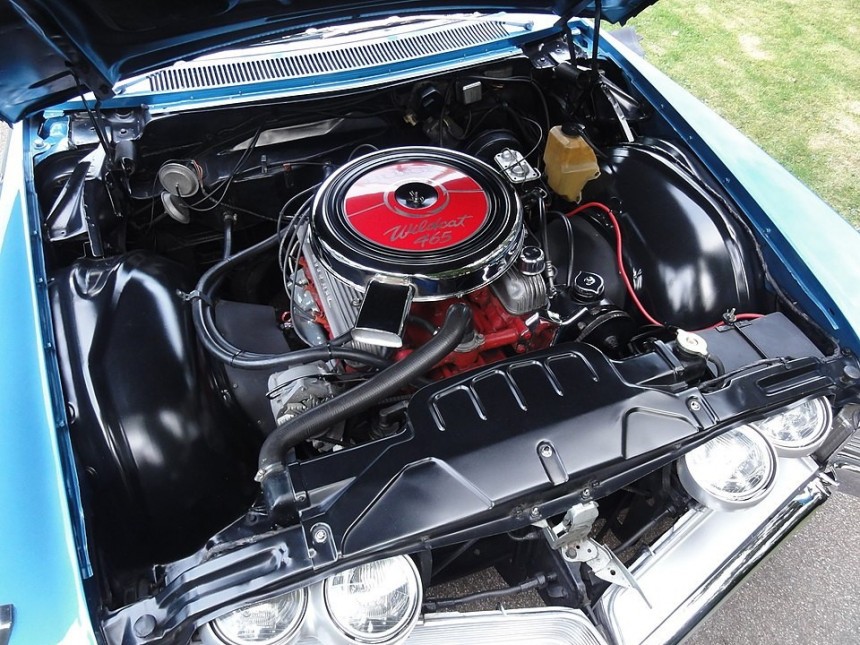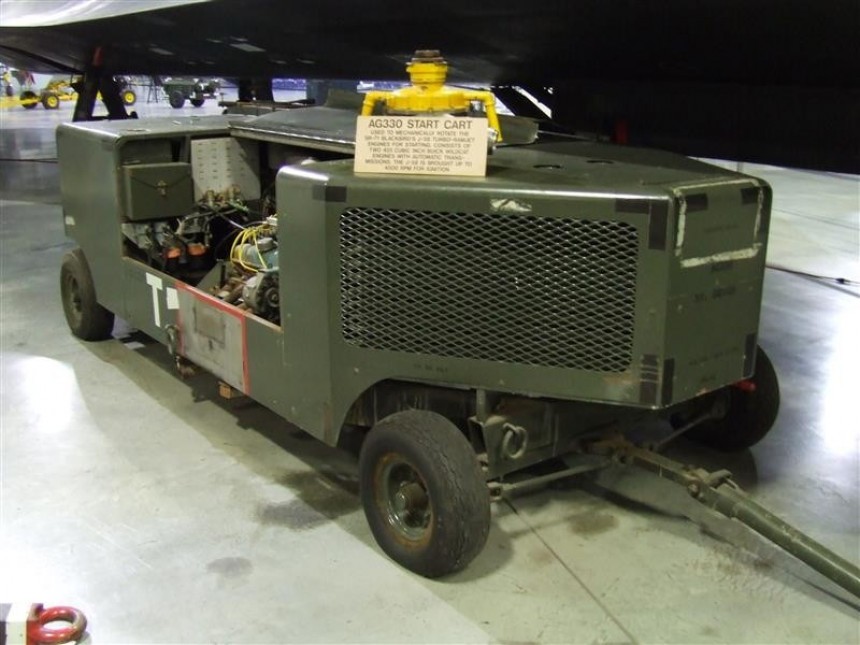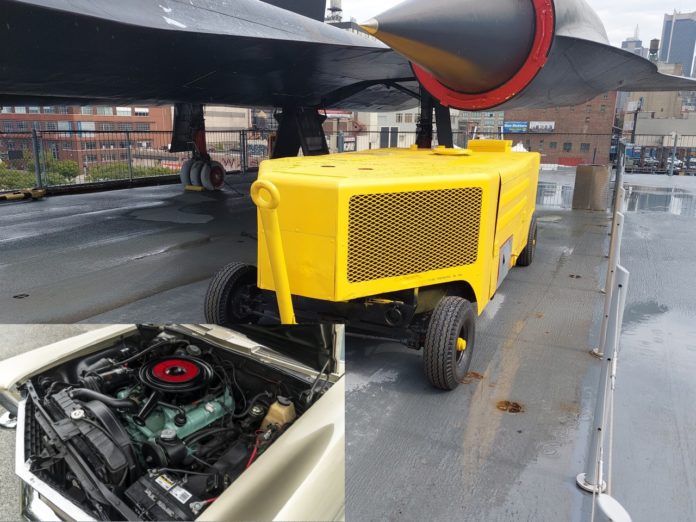In the 21st century, the LS/LT V8 is the king of General Motors performance cars. Apart from a couple of bespoke Cadillac V8s here and there, the LS pulled the load for all of GMs V8 performance vehicles in the 2000s. But back in the first muscle car renaissance, things were profoundly different.
Photo: Benny Kirk/autoevolution(outer image)/Silodrome(inner image)
This is the wacky story behind the Nailhead V8, an engine that’s almost as famous in Cold War aviation circles as it was iconic in muscle car circles. Safe to say, it was powerful enough that even the top secret government military projects found it useful. In many ways, it’s not hard to conceive of some parallel universe where the Buick V8 became GM’s bread and butter engine in the second half of the 20th century instead of Chevrolet.
From 1953 to 1956, its first generation was spent duking it out against Fords and first-gen Chrysler HEMIs. Dubbed the Fireball, it’s only beaten in reverence by the slightly older Oldsmobile Rocket 88 V8 of the day. Coincidentally, that was also a GM engine. But it’s the second-gen of the famed Nailhead V8, named so for the peculiar arrangement of its valves that jutted out diagonally and directly upwards, that makes muscle car loyalists salivate.
From 1957 through 1966, the second-gen Nailhead evolved in size from 364 cubic inches (6.0-liters) to 401 cubic inches (6.6-liters) before finally settling at 425-cubic inches (7-liter). Powering everything from the Buick Wildcat to the Skylark GS 400 and even the criminally underrated Sport Wagon V8. Around this time, Buick decided to go hog-wild with the naming system for what was essentially the same engine. Under the Wildcat designation, the engine received this surname plus whatever torque figure was rated for each application.

Photo: Bruce Renfrew
That’s why a Wildcat 445 Nailhead engine is smaller than the 425, for example. Why GM decided this was a passable nomenclature can only be pegged down to marketing people in suits failing to understand that simpler is better for making engine lingo make sense to common folks. Whatever the case, the 425-cubic inch (7-liter) Nailhead was the ultimate second-gen Buick V8. Debuting in 1963 in the Riviera as an optional high-performance upgrade.
The Buick Nailhead flourished under the hoods of the Riviera, Electra, and Wildcat for 1963, four years before the Chevy 350 small block in its 4.000-inch bore configuration made its debut and spent the next few decades replacing all native GM brand V8s. This engine was equipped with four-barrel carburetors, regardless of the vehicle. But, as if to deliberately confuse their own customers, Buick fell back on bad habits and made their name scheme needlessly complex by calling a high torque upgrade to the 425, the Wildcat 465. The 465 sat right below the big-dog 360 horsepower Super Wildcat in the range. Some 465s were even fitted with twin four-barrel Carter AFB carburetors like the Super Wildcat’s in the 1966 Riviera.
Both the 425 and older 401 Nailheads were some of the earliest engines to be fitted with aftermarket superchargers with matching performance camshafts by their owners for racing purposes. Owing to the somewhat restrictive air flow present in the nail-shaped cylinder heads. In short, be it on the streets or at the track, the second-gen Nailhead became a landmark engine for Buick.
After 1966, Buick switched to an all-new engine architecture that did away with the funky nail-shaped heads. But before Buick sun-setted their iconic Nailhead line forever, they manufactured a limited run of 425s and 401s specifically for Lockheed Skunkworks, the U.S Air Force, and the CIA. Why? It turned out the General Electric J58 turbojet engines needed for the then brand new Lockheed SR-71 Blackbird supersonic reconnaissance plane needed a little help spooling up its compressor blades up to the 3,200 rpm needed to get the engine fully running.

Photo: thesr71blackbird.com
For this purpose alone, two of either above-mentioned Nailhead V8s were fused together via a common transmission and drive shaft to work in tandem, then placed inside a metal housing mounted on four wheels with a trailer hitch and dubbed the AG330 “start cart.” The resulting Chimera was attached directly to the Blackbird’s two engines. Using the combined drive shaft, the two V8s spun the turbines to the point they could sustain compression by themselves. Nailhead V8s served as impromptu starter motors for the SR-71 and its cousins, the A-12 Archangel and the YF-12 fighter, until at least 1970, when the bulk of them were replaced with Chevy 454 V8s.
These were also phased out when a new, quieter pneumatic system was implemented to do the same job as the start cart at most airbases on U.S. soil the Blackbird and company operated from. Some remained for longer at auxiliary bases abroad, including a handful with the original Buick Nailheads, until the Blackbird and all its variants was retired in 1998. For an engine released in 1963, that’s a heck of a great run.
Check back soon for more from V8 Month here on autoevolution.

